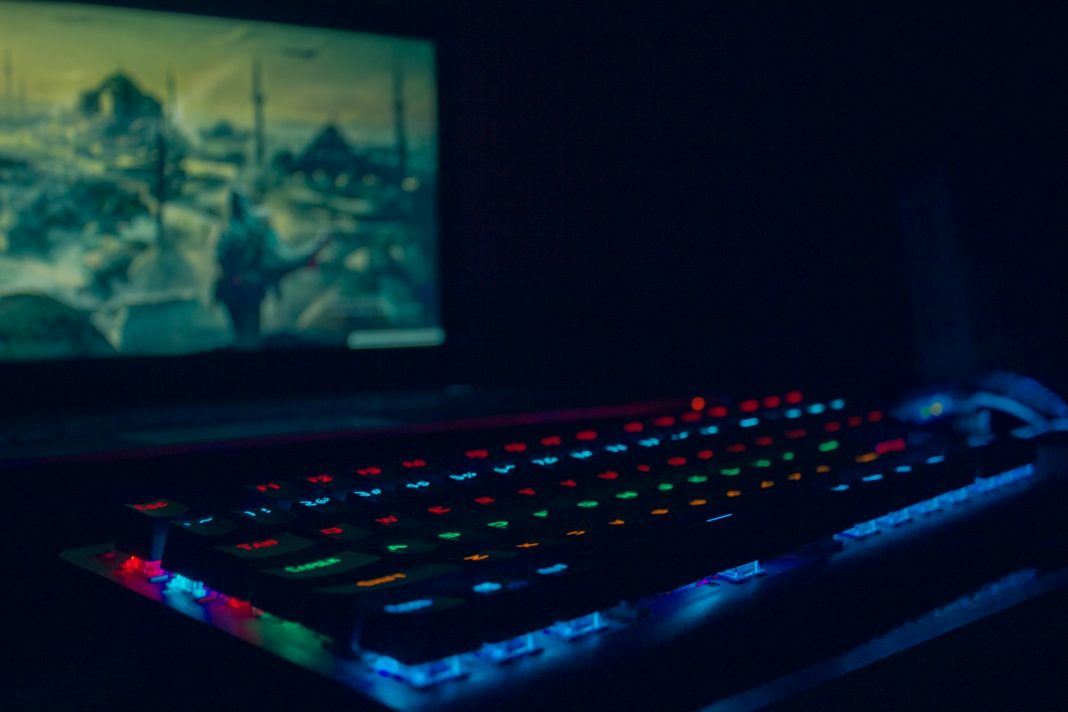In the realm of PC gaming, performance reigns supreme. Whether engaging in fast-paced shooters or exploring vast open worlds, smooth gameplay can make all the difference. While many gamers turn to overclocking their GPU as a solution, there are alternative methods that can yield impressive results without risking damage to your hardware.
Optimising In-Game Settings
Before delving into the realm of GPU overclocking, it’s worth exploring the settings within your games themselves. Making a few strategic adjustments can often provide a significant boost to performance without sacrificing too much in terms of visual fidelity.
One common culprit for performance issues is V-Sync. While it aims to prevent screen tearing, it can actually hinder performance by forcing your GPU to match the refresh rate of your monitor. Disabling V-Sync can lead to smoother gameplay, particularly in fast-paced titles where input lag can be detrimental.
Shadow quality is another setting worth tweaking. While higher shadow settings may enhance visual realism, they can also place a heavy burden on your hardware. Dialling down shadow quality, especially in newer games, can result in noticeable performance improvements without drastically affecting aesthetics.
Ambient occlusion, which controls how objects cast shadows on each other, is another setting that can impact performance. Disabling ambient occlusion can yield a tangible increase in frames per second without significantly altering the overall visual experience.
Navigating Anti-Aliasing
Anti-aliasing is a feature designed to smooth out jagged edges in-game, but it can also be resource-intensive. Experimenting with different anti-aliasing options, such as Multisample Anti-Aliasing (MSAA) or Temporal Anti-Aliasing (TAA), can help strike a balance between visual quality and performance.
While MSAA offers a good compromise between quality and performance, options like FXAA and TAA may provide better frame rates at the cost of some visual fidelity. Ultimately, the optimal anti-aliasing setting will depend on your hardware and personal preferences.
Harnessing Dynamic Resolution
For gamers facing particularly stubborn performance issues, dynamic resolution options like DLSS (Deep Learning Super Sampling) and FSR (FidelityFX Super Resolution) offer a lifeline. These technologies leverage AI algorithms to render games at a lower resolution before upscaling them, resulting in improved performance without significant sacrifices in visual quality.
DLSS, exclusive to Nvidia graphics cards, is renowned for its superior image quality, while FSR provides comparable performance gains across both Nvidia and AMD hardware. Additionally, Intel’s XESS offers a similar dynamic resolution solution, albeit with varying degrees of success depending on the game.
Exploring Alternative Solutions
In the absence of DLSS or FSR support, Nvidia Image Scaling (NIS) and built-in dynamic resolution options may offer viable alternatives. While NIS allows for manual adjustment of upscaling settings, dynamic resolution features adjust rendering resolution on-the-fly to maintain target frame rates. However, these options may not always deliver optimal results and can vary in effectiveness depending on the game.
Considering Hardware Upgrades
While software tweaks can go a long way in improving performance, sometimes upgrading your hardware is the most effective solution. Keeping an eye on GPU deals and upcoming releases from Nvidia and AMD can provide opportunities to significantly enhance gaming experiences.
Achieving optimal performance in PC gaming requires a combination of software optimisation and hardware prowess. By judiciously adjusting in-game settings, experimenting with anti-aliasing options, and leveraging dynamic resolution technologies, gamers can unlock smoother gameplay experiences without compromising visual quality. However, for those seeking the ultimate performance boost, investing in new hardware remains an enticing prospect.
As the landscape of PC gaming continues to evolve, staying informed about the latest advancements and techniques is essential for maximising gaming experiences. Whether through software optimisations or hardware upgrades, the quest for peak performance in PC gaming is a journey that never truly ends.


